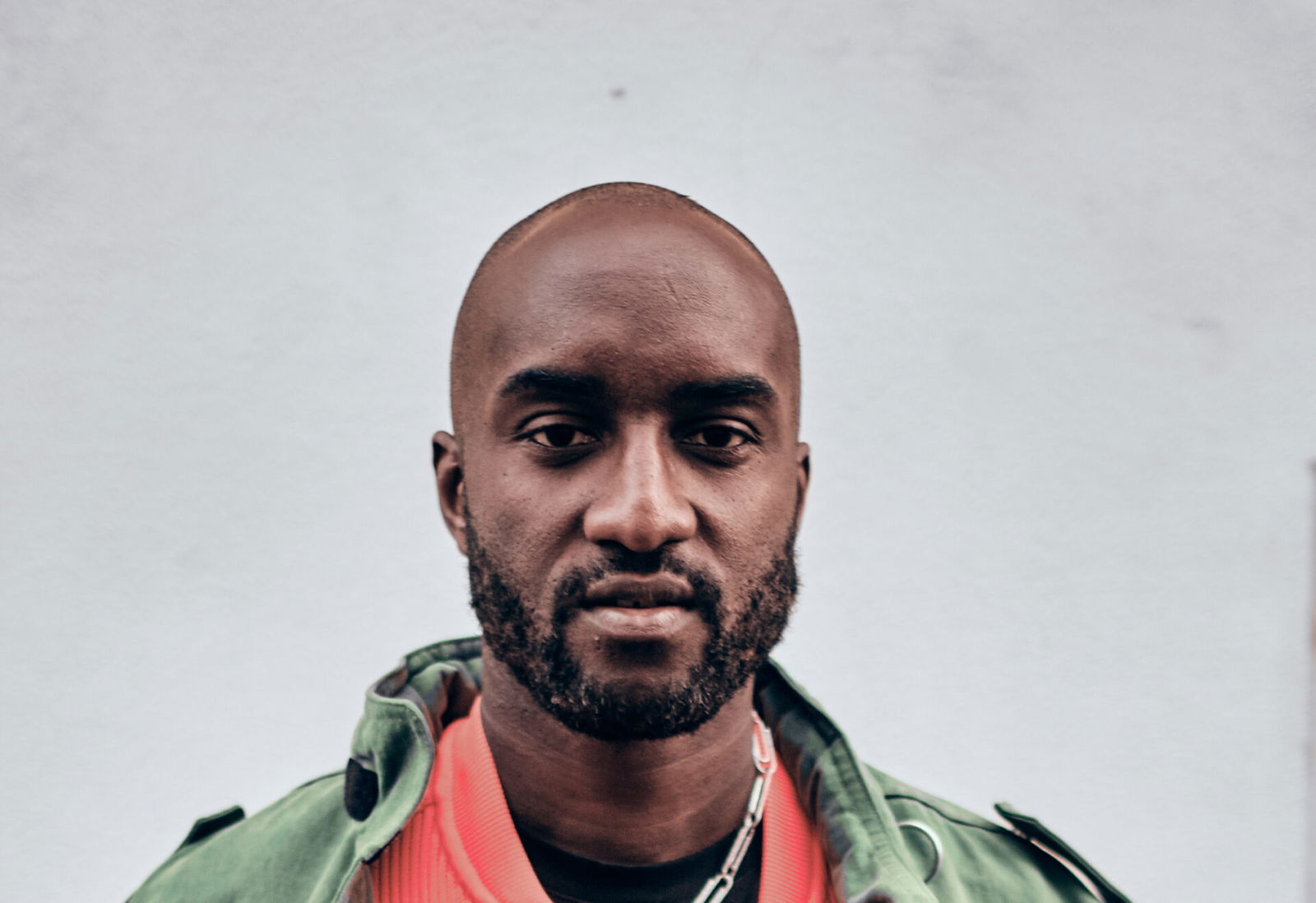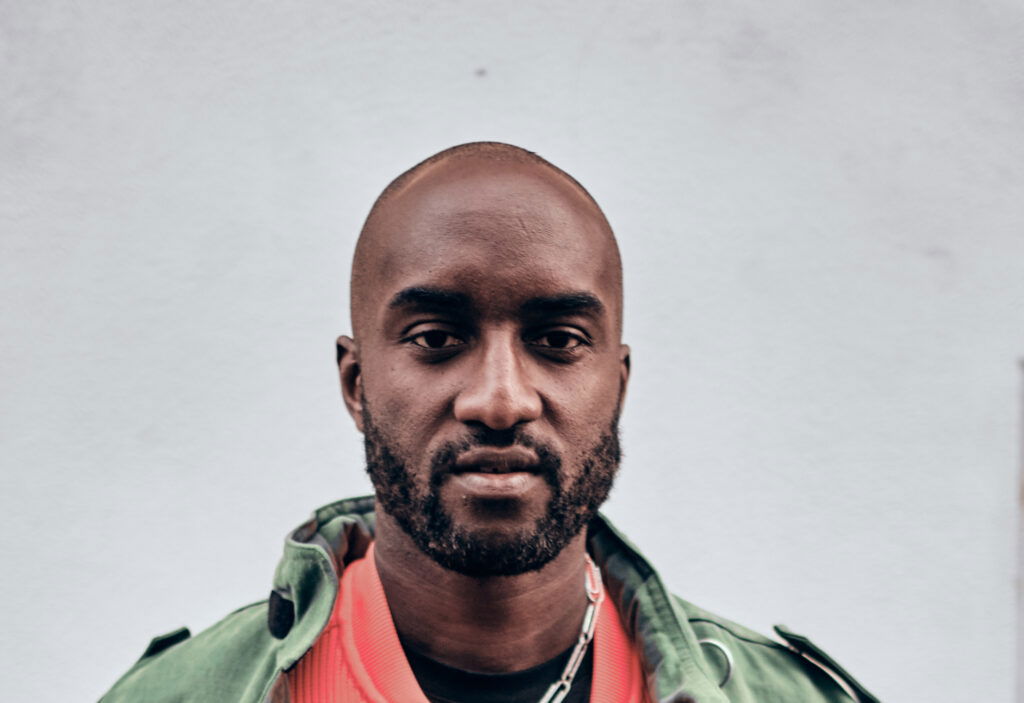
July 21, 2025
‘Make It Ours: Crashing the Gates of Culture with Virgil Abloh’ is written by Pulitzer Prize-winning critic Robin Givhan.
Although the architect of “Off-White,” Virgil Abloh, was only 41 when died in 2021 from a rare form of cancer, the designer, who studied architecture before breaking big in the fashion world, has remained a figure of interest.
According to Gothamist, Abloh’s story is being revisited through The Washington Post‘s senior critic-at-large Robin Givhan’s biography Make It Ours: Crashing the Gates of Culture with Virgil Abloh.
The book from the Pulitzer Prize winner explores the factors that shaped the designer and to make him a singular figure in the world of fashion, a world that historically excluded Black people from exercising power and real creative control. Abloh, as the book’s title alludes to, made it his instrument.
In Givhan’s book, a tremendous amount of time is spent engaging with Abloh’s 17-year-old self.
As the author told WNYC’s Alison Stewart, “Virgil talked a lot about doing things to impress the 17-year-old version of himself. He spent a lot of time celebrating 17-year-olds, teenagers, young people, and expressing how he valued their point of view. He valued their sense of style, so I knew that any biography that tried to explore his fashion origins really needed to start with the 17-year-old Virgil.”
Abloh grew up in Rockford, Illinois, a working-class town between Chicago and the Iowa border, that was still very much segregated in the 1990s, when Abloh came of age.
He studied architecture at the Illinois Institute of Technology for Architecture, almost out of a sense of obligation for the sacrifices his parents made to come to America from Ghana. According to Givhan, he saw architecture as a bridge between something concrete and something creative.
Abloh got his start in fashion by taking deadstock Ralph Lauren rugby shirts and silk-screening them with the words “Pyrex 23.” With this simple modification on a $30 or $40 product, he turned around and sold them for well over $500. He realized that his own ingenuity and creativity could open doors that others were turned away from.
For Abloh, the infamous “Malice at the Palace” fracas in 2004 provided an alleyway into the world of the NBA, where Black players who were banned from wearing anything remotely resembling Black cultural dress on team business were also unwittingly given an impromptu fashion runway by the league itself—the tunnel area of NBA arenas—which the players subsequently used to build their own brands independent of their on-court play.
Abloh later parlayed a collaboration with Nike—the now iconic “Off-White” collection—into becoming the artistic director at Louis Vuitton, a position now occupied by Pharrell Williams.
In part, it happened for Abloh because Louis Vuitton saw how dynamic Abloh’s work with Nike had become. As a pop culture-centric brand, Louis Vuitton believed that Abloh could do the same thing for them.
Givhan’s book, which was released on June 24, has been well received. According to a starred review in Publishers Weekly, the book functions as a lasting testament to Abloh’s influence on the fashion industry writ large.
RELATED CONTENT: Dana Loatman Continues Virgil Abloh’s Legacy To Support Black Creatives





